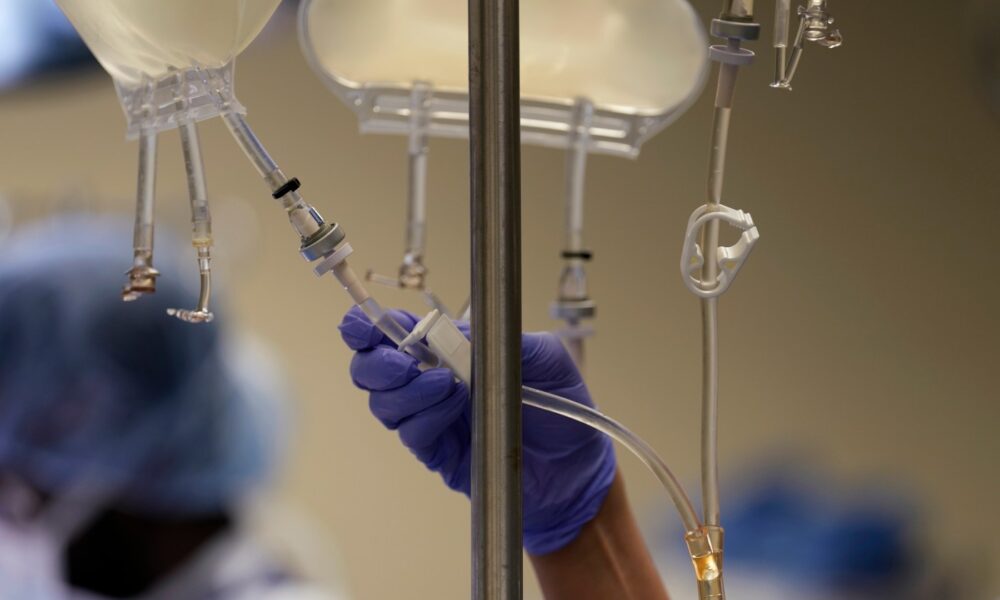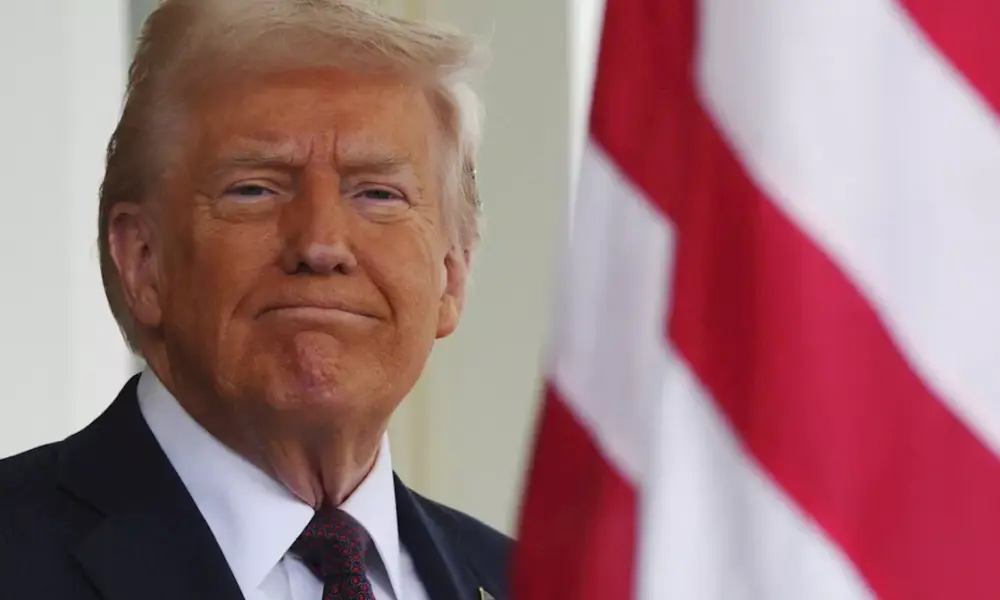In health care, poor communication can lead to misunderstandings that impact patient care. Ivy Akid, a palliative medicine physician at Johns Hopkins Hospital, emphasizes the need for effective communication between health care providers and patients. This issue has become increasingly pressing as technology reshapes how health professionals interact with families and patients, often reducing vital conversations to brief messages or jargon-filled electronic medical records.
The Challenges of Modern Communication
Communication in health care is more than simply exchanging information; it is about creating a connection. When providers fail to engage meaningfully with patients, the consequences can be severe. Akid notes that the shift from in-person discussions to electronic communications has diminished the quality of these interactions. Conversations that once allowed for emotional depth and understanding are now often replaced by sterile messages that do not resonate with families.
As a palliative medicine physician, Akid is no stranger to delivering difficult news. She highlights that when patients and their families are not included in the decision-making process, they can feel dismissed. “I have sat with families who have encountered this oblivious doctor, and when they leave the room, their demeanor changes dramatically,” Akid says. This shift underscores the importance of connecting emotionally with patients, rather than merely presenting clinical information.
Strategies for Improvement
To address these communication gaps, health care organizations must prioritize hiring practices that reflect the diverse communities they serve. Akid advocates for employing individuals who speak the same languages as their patients, which can bridge cultural and linguistic divides. This strategy not only enhances understanding but also fosters trust between patients and providers.
Moreover, health care facilities should define what effective communication entails. Often, hiring decisions are influenced by subjective factors, including a candidate’s accent or educational background. Akid argues that these biases can hinder the appointment of skilled professionals who could otherwise improve patient interactions.
Establishing clear standards for communication can help ensure that all health care providers are equipped to engage effectively with patients. When communication is prioritized, it enhances the overall quality of care and leads to better health outcomes.
In summary, the current communication landscape in health care requires significant change. By adopting more inclusive hiring practices and focusing on establishing effective communication standards, health care providers can better serve their patients and communities. As Akid asserts, “The more we understand one another, the greater the chances for effective communication.”
The views expressed in this article reflect those of the author and do not necessarily represent the opinions of Johns Hopkins Hospital.







